Uncovering the Legacy of Vitality Stadium: AFC Bournemouth’s Home Turf and Community Icon

The Vitality Stadium is more than just a home ground for AFC Bournemouth; it’s a symbol of the club’s journey from humble beginnings to Premier League status. Over the years, this stadium has played host to countless memorable moments on the pitch, while off-field it has served as an important community hub. Join us as we uncover the incredible legacy of Vitality Stadium and delve into its rich history!
History of the Vitality Stadium
The Vitality Stadium, formerly known as Dean Court, has a rich history dating back to 1910. Originally built for Boscombe FC, the stadium was initially nothing more than a small wooden stand and some basic facilities. Over time, however, it began to evolve into the impressive structure we see today.
In the early days of its existence, Dean Court played host mainly to local teams and amateur matches. It wasn’t until the formation of AFC Bournemouth in 1899 that things started to take off. The club quickly established itself as a force to be reckoned with and by the late 1920s had outgrown their old ground.
In response to this growth in popularity and success on the pitch, work began on expanding Dean Court in 1937. A new grandstand was built along with additional seating areas for spectators. Unfortunately, World War II soon intervened which halted progress on these developments.
Despite this setback, AFC Bournemouth continued to thrive, and upon resumption of football post-war, they were once again faced with an issue of overcrowding at their beloved but aging ground.
To accommodate growing numbers of fans wanting to watch their team play at home games such as FA Cup fixtures against Manchester United or Liverpool during those years after WWII when many people wanted entertainment close to home due to war’s limitations, plans were drawn up for yet another expansion – one that would result in what is now known as Vitality Stadium!
Stadium development: information
The Vitality Stadium, formerly known as Dean Court, has been the home of AFC Bournemouth since 1910. Over the years, it has undergone several renovations and expansions to become the modern stadium it is today.
In 2001, a major redevelopment project was initiated to improve the facilities at Vitality Stadium. The project involved building new stands and increasing the seating capacity from around 6,000 to over 11,000. As part of this development, two new stands were built – The Ted MacDougall Stand on one side of the pitch and The Steve Fletcher Stand opposite it.
The current stadium design features four separate stands – The East Stand (previously known as the Main Stand), which houses VIP boxes and media facilities; The North Stand (previously known as Johnstone’s Paint Stand); The Steve Fletcher South End Stand behind one goal; And finally in front of that end is ‘The Family’ or less commonly referred to as ‘Bubbles’ stand where there are family-friendly activities during match days.
These developments have transformed Vitality Stadium into a modern football venue with excellent facilities for players and spectators alike.
Other Uses of the Stadium
Aside from being the home of AFC Bournemouth, Vitality Stadium also serves as a multi-functional venue for various events. The stadium’s facilities have been used by businesses, charities, and organizations to host different activities.
One of the most notable uses of the stadium is for music concerts. Numerous artists such as Elton John, Little Mix, and Olly Murs have performed at Vitality Stadium in front of thousands of fans. The stadium’s field transforms into an outdoor concert venue that provides spectators with a unique experience.
Apart from music concerts, Vitality Stadium has also hosted charity events and exhibitions. Local businesses use the stadium to showcase their products during trade shows or product launches while charitable organizations hold fundraising activities within its premises.
The versatility of Vitality Stadium makes it more than just a football ground; it’s an entertainment hub that brings together people from all walks of life to enjoy various forms of entertainment in one place. The stadium’s versatility has made it a valuable facility not only for AFC Bournemouth but also for the entire community.
AFC Bournemouth’s humble beginnings
AFC Bournemouth has a humble beginning compared to other football clubs in the English league. The club was founded in 1899 and played its first match against Boscombe St John’s Institute. At that time, they were known as Boscombe FC and didn’t become AFC Bournemouth until much later.
The club went through many ups and downs throughout its early years, including several name changes, financial struggles, and even a spell of bankruptcy. However, it managed to survive these difficulties due to the perseverance of its supporters.
In 1923, the club moved from its original ground at Victoria Park to Dean Court Stadium. This move marked an important moment in the club’s history as it allowed them to establish themselves as a professional outfit.
During World War II, when most football activities were halted, AFC Bournemouth played matches whenever possible despite facing difficult times. They joined various regional leagues before finally joining the Football League Third Division South in 1950.
The journey for AFC Bournemouth has been anything but easy during their formative years. Nevertheless, this is what makes their rise up the ranks so remarkable – from bankruptcy to Premier League status!
The club’s move to Vitality Stadium
AFC Bournemouth played their home games at Dean Court for almost 100 years before moving to Vitality Stadium in 2001. The move of the club to a new stadium was a significant step towards modernization and expansion due to the inability of the old stadium to keep up with changing times.
This new chapter in AFC Bournemouth’s history brought about new opportunities and challenges alike. The Vitality Stadium offered more seating capacity, improved facilities, and better matchday experiences for fans. On the other hand, it also meant higher operating costs and greater expectations from supporters.
Despite this transition being a major gamble for the club, they managed to pull it off successfully. Moving to Vitality Stadium played a crucial role in helping the club climb up the football pyramid, from League Two to Premier League status.
Today, AFC Bournemouth is recognized as one of England’s most exciting clubs thanks in part to their impressive home ground which has helped propel them forward over recent years.
The Stadium’s Impact on the local community
The Vitality Stadium has not only been a home for AFC Bournemouth but also an integral part of the local community. The stadium’s impact on the community can be felt in various ways.
Firstly, the stadium offers job opportunities to locals. The stadium’s activities, like hospitality and catering services, have provided employment for locals, both directly and indirectly.
Secondly, it attracts tourism to Bournemouth which boosts economic growth in the region. Tourism generated by AFC Bournemouth fans, who come from all over England and beyond to watch matches, benefits local hotels and restaurants.
Thirdly, through its charity work, Vitality Stadium has become a symbol of hope for many people within its vicinity. The stadium hosts numerous charitable events and is actively involved in sponsoring fundraising campaigns aimed at improving lives locally.
AFC Bournemouth players often engage with fans after matches by signing autographs which creates a sense of unity between players and their supporters while bringing together different members of society under one roof – vital for promoting social cohesion. There is no denying that Vitality Stadium has made significant contributions towards enhancing community engagement among locals throughout its existence.
The Legacy of Vitality Stadium
The Vitality Stadium has undoubtedly made a significant impact on the local community and AFC Bournemouth. From humble beginnings to becoming an iconic landmark, the stadium stands as a symbol of progress, growth, and passion.
Through its evolution over the years, it has managed to retain its charm while also adapting to modern standards. The stadium’s state-of-the-art facilities have attracted more fans and events than ever before, bringing new life into the region.
Moreover, AFC Bournemouth’s success story cannot be told without mentioning their home turf – Vitality Stadium. The club’s rise from obscurity to Premier League contenders can be attributed in part to this iconic arena.
Vitality Stadium is not just a football ground but an essential part of the fabric that makes up Bournemouth’s identity. Its legacy will continue for generations as both fans and non-fans alike enjoy everything it has to offer.
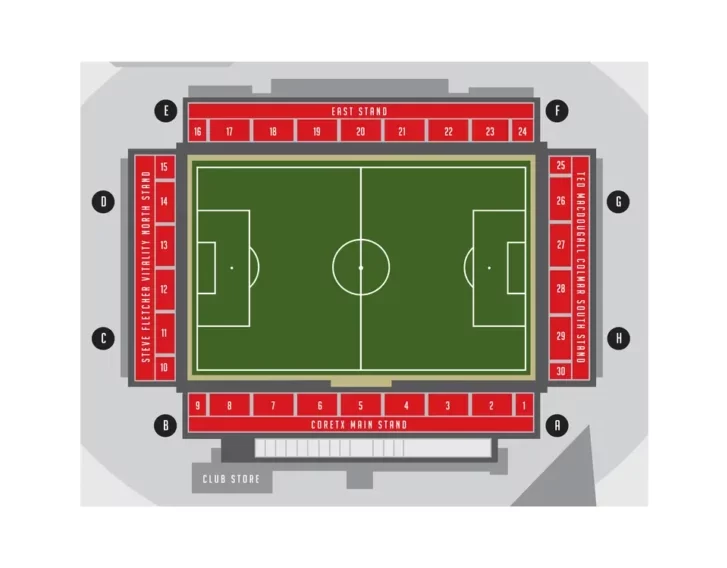
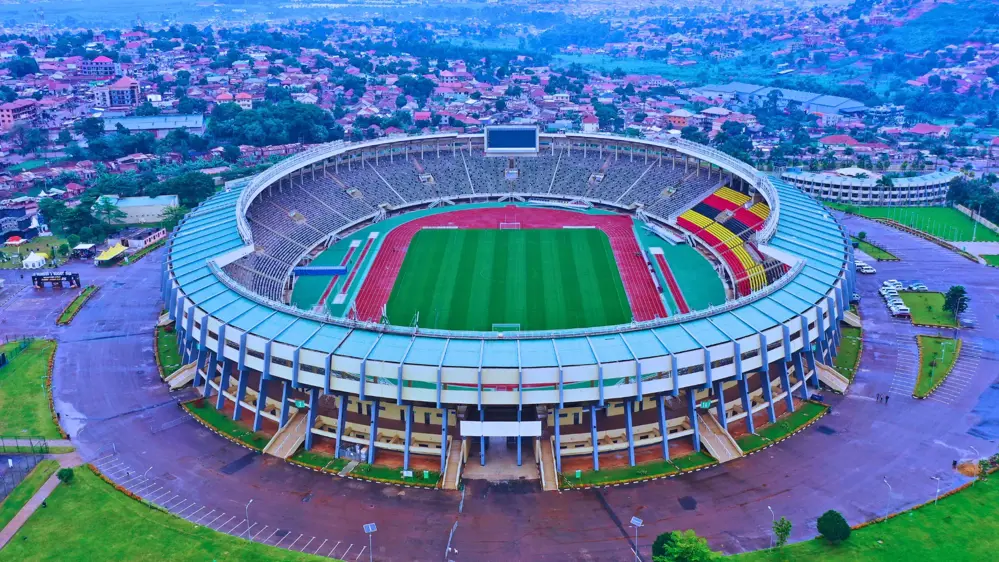
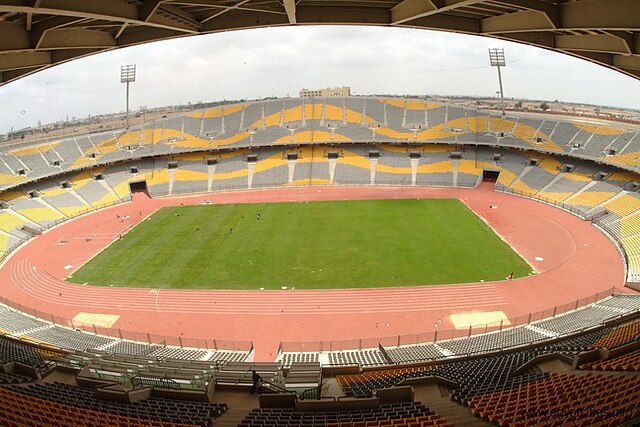

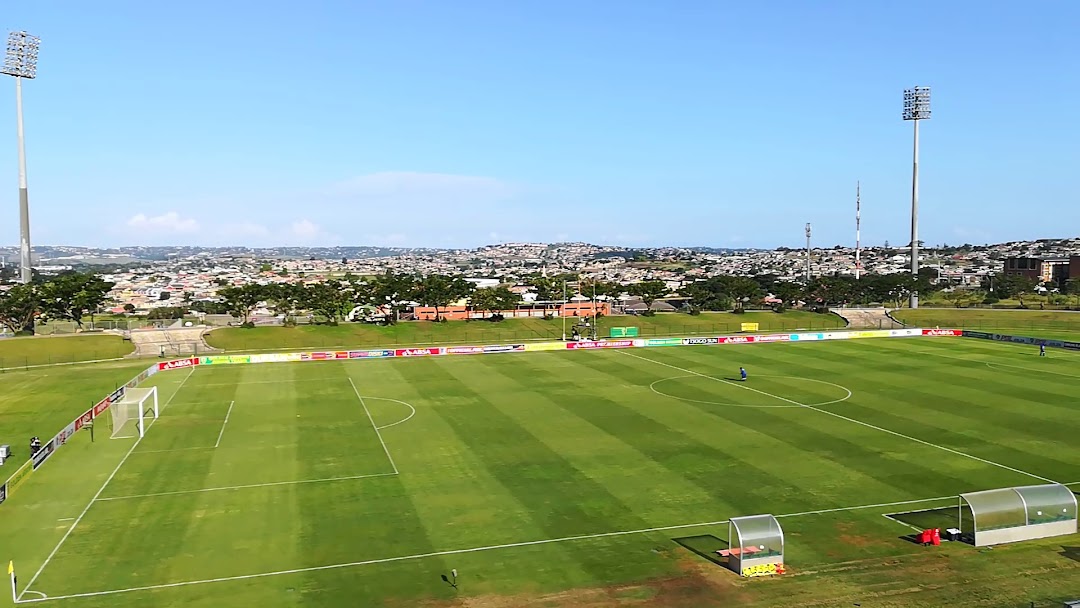
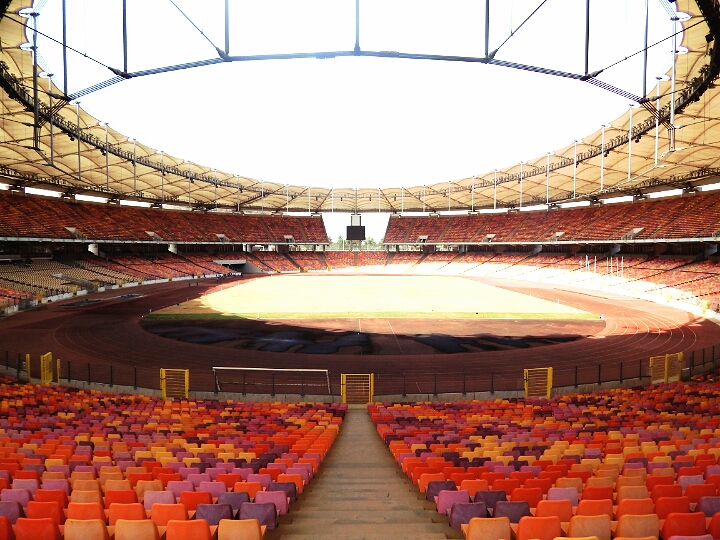

2 Comments